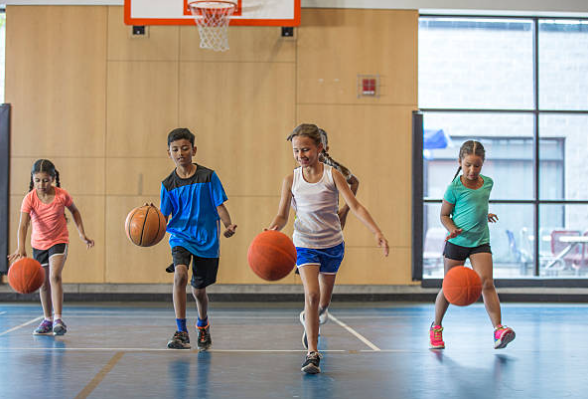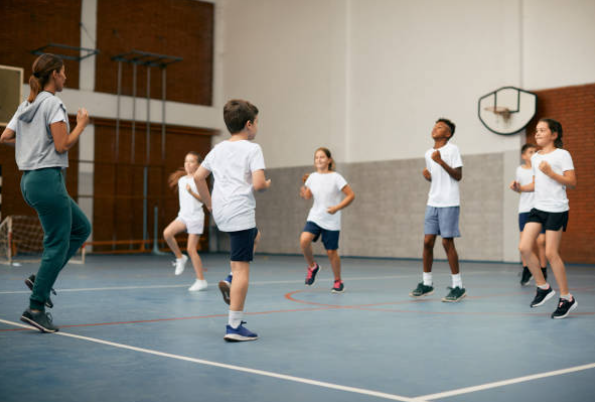
A Comparison of Motivation and Physical Activity Levels Between a Sport Education Season and a Hybrid Sport Education and Cooperative Learning Season
Purpose: To understand how a season of sport education (SE) and a hybrid SE and cooperative learning season impacted on elementary school students’ physical activity levels and motivation and to examine possible differences according to gender. Method: A total of 97 fourth- to fifth-grade students in four intact classes participated in a 14-lesson handball season. Results: Students in SE had higher levels of moderate-to-vigorous physical activity levels than the hybrid season. When sorted by gender, boys were significantly more active than girls in both interventions. However, students in the hybrid season reported higher levels of motivation than participants in the SE season, especially for intrinsic motivation. Conclusion: The hybridization of models positively affected students’ motivation in PE, while the reverse is true of SE with regard to physical activity levels.
También te puede interesar
Aportes didáctico-metodológicos para una Educación Física de calidad
En un contexto educativo en constante evolución, marcado por los actuales desafíos de la diversida
The Game-Centred Approach to Sport Literacy
The Game Centred Approach (GCA) is a versatile framework for coaches and teachers to develop game-ba
Exploring Game Performance and Game Involvement: Effects of a Sport Education Season and a Combined Sport Education—Teaching Games for Understanding Unit
Purpose: The purpose of this study was to establish any difference in terms of game performance and




Publica un comentario